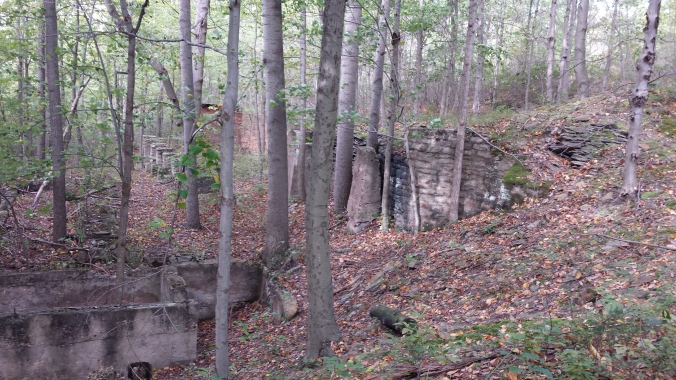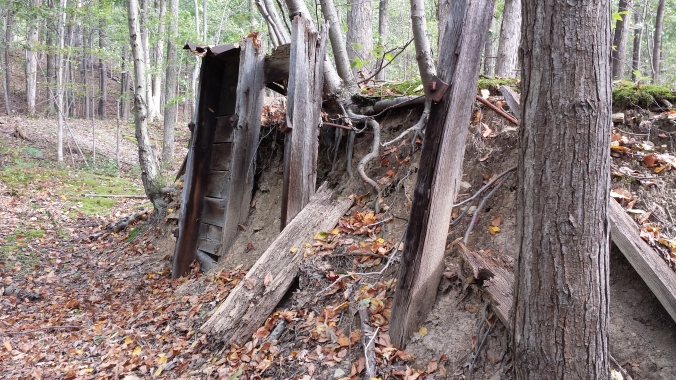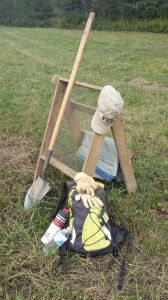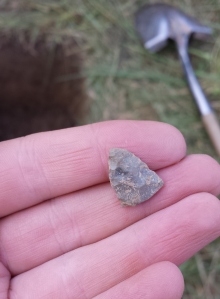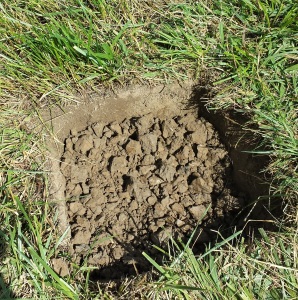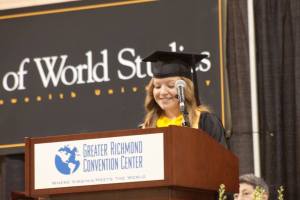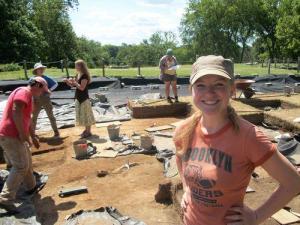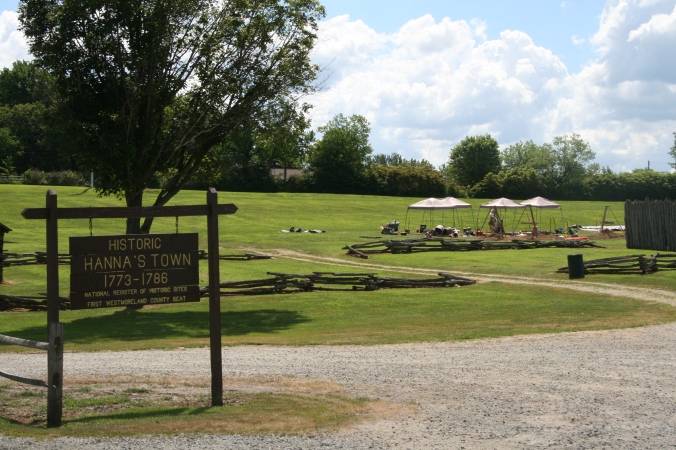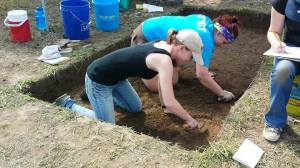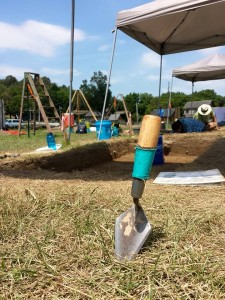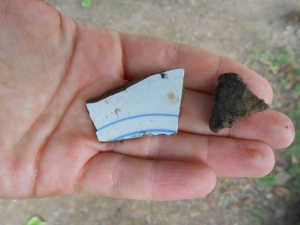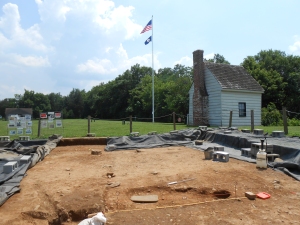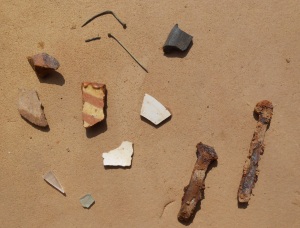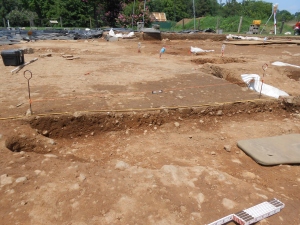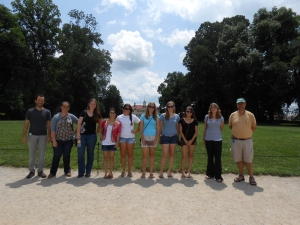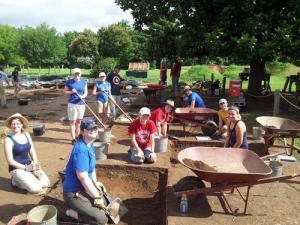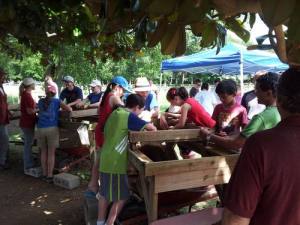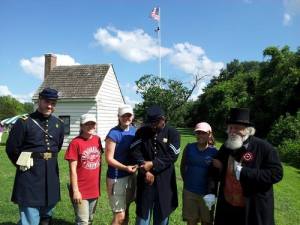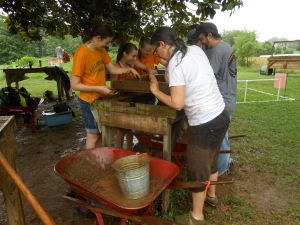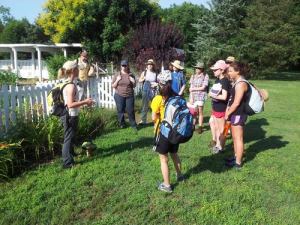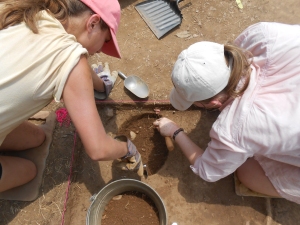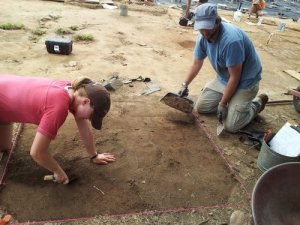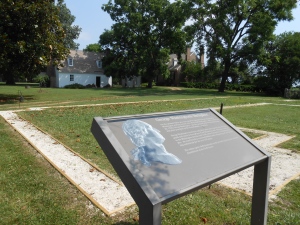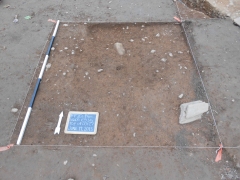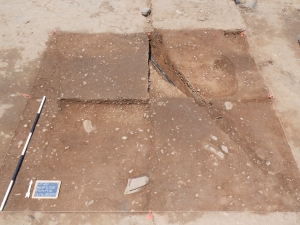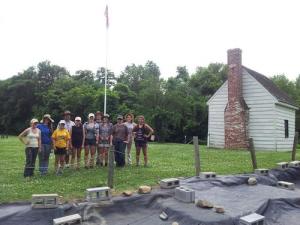Writing a thesis is probably the most intimidating part of going to graduate school, and I must admit it was the part I was most concerned about when I first started at IUP. The only advice I can give incoming students on this topic is don’t panic. It is going to be okay. You can do this. I came to grad school with absolutely no idea what to write my thesis on, and I was convinced that I was not going to make it when I started last semester, especially as the topic I had chosen last spring fell through over the summer. I worked with my advisor, however, and after a lot of research and a few anxiety-packed meetings, I finally found the perfect site.
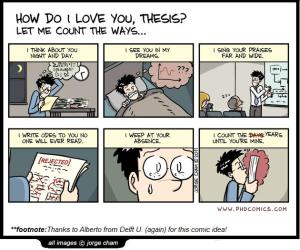 Now before I get into the project itself, let me stress the importance of choosing a topic you love. You are going to be spending A LOT of time with this paper. From the very beginning you will be explaining your goals for this project again and again in draft after draft of various proposals and abstracts until you can recite every bit of knowledge you have about this project from memory. Then, once the preliminary steps are completed, you begin obsessing. You will think about this paper morning, noon, and night. You’ll take it with you to work, think about it in class, and even dream about it. You will talk about nothing but your thesis at conference after conference, in presentation after presentation, and in the end, you will write a 100+ page paper that you then have to submit for review and defend in front of your committee, professors, and peers. So long story short, if you love what you are studying, you are going to be a much happier grad student.
Now before I get into the project itself, let me stress the importance of choosing a topic you love. You are going to be spending A LOT of time with this paper. From the very beginning you will be explaining your goals for this project again and again in draft after draft of various proposals and abstracts until you can recite every bit of knowledge you have about this project from memory. Then, once the preliminary steps are completed, you begin obsessing. You will think about this paper morning, noon, and night. You’ll take it with you to work, think about it in class, and even dream about it. You will talk about nothing but your thesis at conference after conference, in presentation after presentation, and in the end, you will write a 100+ page paper that you then have to submit for review and defend in front of your committee, professors, and peers. So long story short, if you love what you are studying, you are going to be a much happier grad student.
That being said, one of my main concerns was finding something I could feel passionate about, and thus feel more motivated to complete in a timely manner. And I have to tell you, I love this topic. It is new, fascinating, and it touches on several of my research interests as an archaeologist. The site is a black powder mill, which was owned by the DuPont Company and operated from around the time of the Civil War to World War II. The mill is located on a densely wooded mountainside in southwestern Pennsylvania, and is now a series of dilapidated buildings and structural remains scattered across approximately 135 acres of land in Forbes State Forest. The rangers there have been interested in having some research done at the site for some time now, and were very enthusiastic about helping me get started on my project.
Shortly after I chose the site, Dr. Ford and I went out to see the property. Ranger Clawson, who works for the Department of Conservation and Natural Resources (DCNR), took us on a tour of the area and shared the information he knew about the mill. As we walked around, we were able to identify two bomb-proof shelters, a large chimney structure, remnants of railroads and tramways, and a number of deteriorating buildings. The more I saw of the site, the more interested I became, and by the end of the week I was writing my proposal.
I did as much background research as I could over the course of the semester, and came up with research questions to guide my work at the site. I also had to come up with ways to answer these questions in the field. After a lot of research and a lot of writing over the course of a very busy semester, I finally submitted all of the proposals and paperwork I needed to in order to begin my thesis research. Earlier this month I even managed to present on my project at the Society for Historical Archaeology conference, which you can read more about in my most recent post to the IUP Archaeology blog if you’re interested!
So that was the preliminary part of my thesis writing journey, and I have since moved on to obsessing. But, as I said before, it’s not so bad when you love what you’re doing. I am absolutely fascinated by the black powder industry, especially during the time that the DuPont mill was in operation. This product fueled wars, industry, and development projects across the country during one of the most critical periods of American history. I have posted a page with more detailed information on the site and the black powder manufacturing process on this blog, which you can access at the top of the page or by clicking here. I can’t wait to delve further into my research for this project, and to share all that I learn as I continue through this process!
